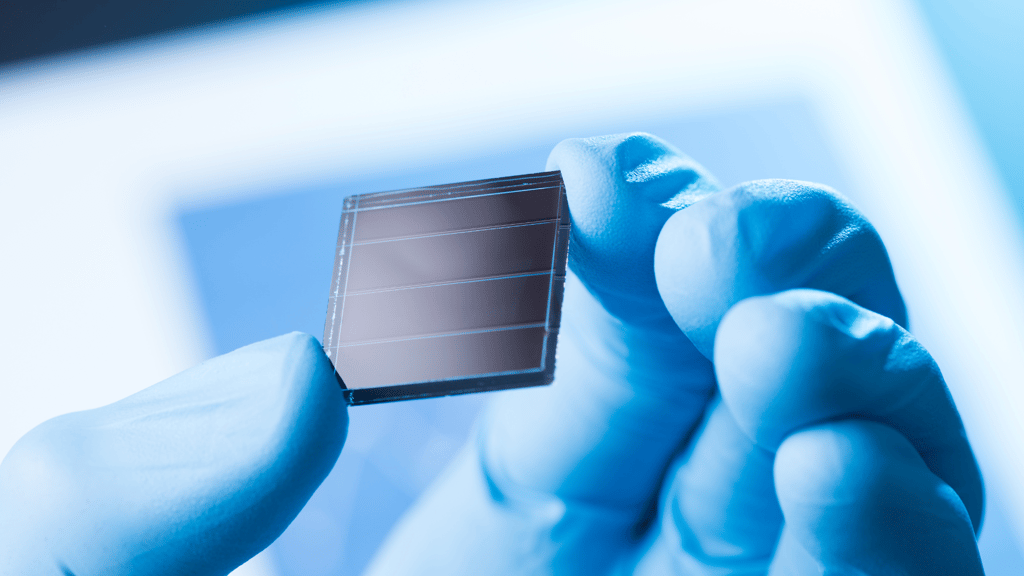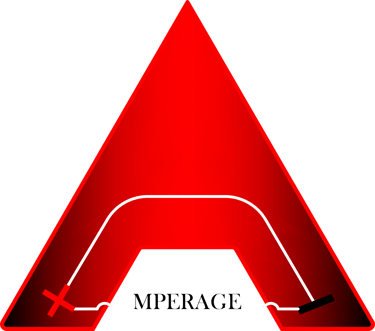43% solar panel efficiency, an Oxford PV revolution
Comparison and future outlook. A University of Oxford spin-out, Oxford PV is leading the way in the development of perovskite-on-silicon tandem solar cells, with a potential maximum efficiency of over 43%.
As the solar energy industry continues to change, new technologies have been developed with the goal of improving solar panel cost and efficiency. The development of perovskite-on-silicon tandem solar cells, which mark a substantial shift from traditional monocrystalline and polycrystalline silicon solar cells, is one such encouraging development.
The potential of the technology is demonstrated by Oxford PV's record-breaking solar panel, which produces 421 watts over 1.68 square meters. Additionally, the business hopes to exceed 30% efficiency for commercial-sized perovskite-on-silicon tandem solar cells, having already reached 28.6% efficiency. This accomplishment represents a turning point before the next solar revolution. In addition to increased efficiency, the invention also promises scalability, as Oxford PV aims to build a new plant and expand its operations.
Achievements and Future Outlook:
Monocrystalline silicon solar cells are known for their high efficiency due to their homogeneous crystal structure, which ensures better electron flow. Polycrystalline silicon solar cells, on the other hand, are a more affordable option with somewhat lower efficiency due to their less uniform crystal structure. In contrast, Oxford PV's perovskite-on-silicon tandem solar cell technology produces tremendous efficiency advances, setting a world record of 25% conversion efficiency, which outperforms the average 16-24% observed in commercial solar panels. The combination of silicon and perovskite materials has the potential to increase efficiency over 43%, representing a substantial leap in solar technology.


In terms of future outlook, perovskite-on-silicon tandem solar cells have the potential to completely change the solar energy market. Although the technology is still in its infancy, developments might result in a rise in both acceptance and rivalry. In the pursuit of cleaner and more effective solar electricity, perovskite-on-silicon tandem solar cells are a prospective contender due to their increased efficiency and possible cost savings as the technology advances.
